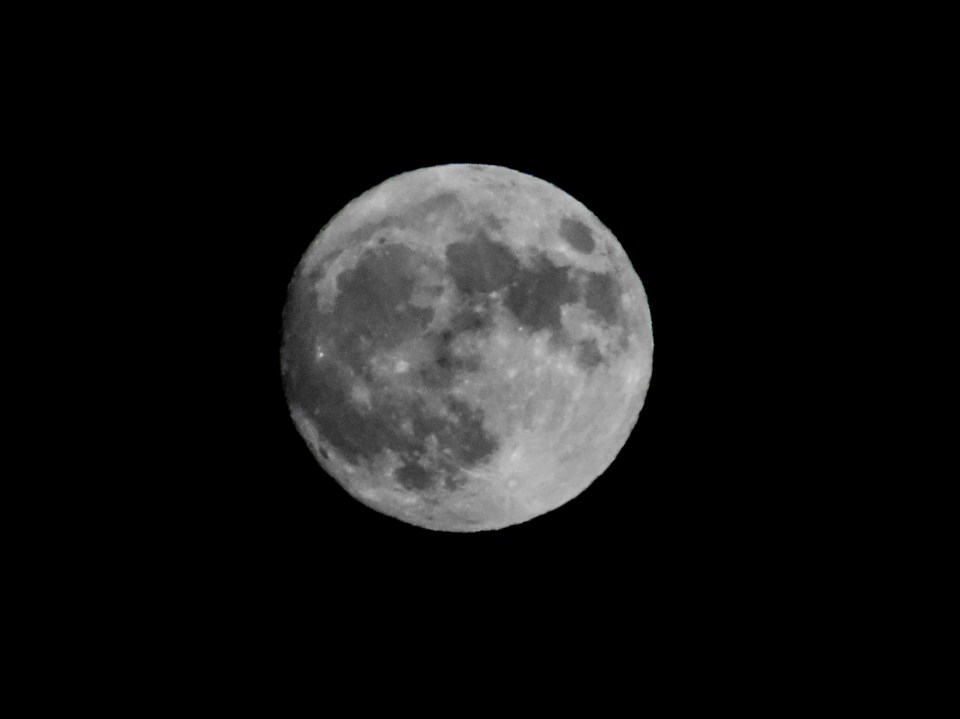If you look up at the moon and it's a lovely crescent shape, can you determine how long until the next full moon? I'll hazard a guess that very few of you can do this — without looking at the calendar! This is yet another example of common knowledge that has been lost in just a couple of generations. (But I will tell you how to read the moon within this article.)
Probably a good many of you can see the Big Dipper constellation on a clear winter's night, but can you find the North Star using this star cluster to guide you? And why would you want to find the North Star anyway?
So many things that were once the difference between getting home or staying lost, or meeting an agreed-upon time to deliver a product “by the next full moon,” have been replaced by technology. Need to know the next full moon? There's an app for that (and a kitchen calendar). Need to get out of the woods? There's a GPS for that.
I enjoy tech toys as much as anyone, so don't think I'm dismissing the advances of our convenient living; yet there is something quite satisfying in knowing, understanding and applying knowledge that is based on reality rather than battery life.
Use basic trigonometry to determine the height of a tree (look up at 45 degrees, walk backward until top of tree is at your viewpoint, measure distance along the ground back to the base of the tree); or determine the size of a field in acres by counting the zigs and zags of a snake-rail fence. (Hint: The distance between rail points is one rod.)
The above examples are what could be called “traditional knowledge,” the tricks and tips that were applied to everyday life once upon a time. Included, of course, would be what plants may be foraged, and knowing how to prepare said plant. Raw or cooked? Roots or leaves? Spring or summer? Use fresh or preserve? Simple questions that often had answers that came in many steps, the information handed down through generations by word-of-mouth and hands-on experiences.
Nowadays the tips and hacks of life involve programming the DVD player, effectively downloading a computer program, and how to avoid “butt dialling.”
So, why care about this gap or even loss of knowledge transfer? Well, for me, it's a way of trying to appreciate what the federal Truth and Reconciliation process has done for Indigenous peoples across Canada. There is recognition that “traditional knowledge” has not been passed along, indeed even having laws that legally forbade it. If I can't read the moon, a simple technique that guided my ancestors as to the essentials of when to plant and when to harvest, then what must it be like to have lost an entire language or a whole way of life? My comparison is minute but heartfelt.
Part of my reflection has been inspired by an article about Indigenous interpretations of the night sky. My very European background (English-Scot) and upbringing have me associating the stars with the “ancient” Greeks, yet thousands of generations of others have looked at the same night sky and created stories to remind their children, and eventually their children yet to come, of what a good imagination can conjure.
The three-star belt of the constellation Orion is a good starting point for culture comparisons. Orion, the mighty hunter-warrior, floats within the winter sky, immortalized by the sword scabbard seen below and his broad shoulders above. For some reason, other cultures didn't quite see the same thing. In Northern Canada, the three belt stars are hunters returning home while the scabbard stars are those lagging behind. And when the two lowest stars reach the horizon, springtime is imminent.
Back to the moon: My little trick with determining if the moon is waxing (getting bigger) or waning (getting smaller) is to imagine a stick in front of the crescent. If it forms the letter “p,” it is pre-full moon, and if it forms the letter “d,” the full moon is done. Knowing that it takes 28 days for the moon to complete its cycle, you can plan your agenda to get the task at hand done by deadline. (Check the fine print of your contract to see if says “by the next full moon” or “within two moon cycles.”)
This ramble about traditional knowledge is just that, a ramble. But I do feel it is helping me to understand much bigger issues. Sometimes simple thoughts can begin to unravel big dilemmas.
